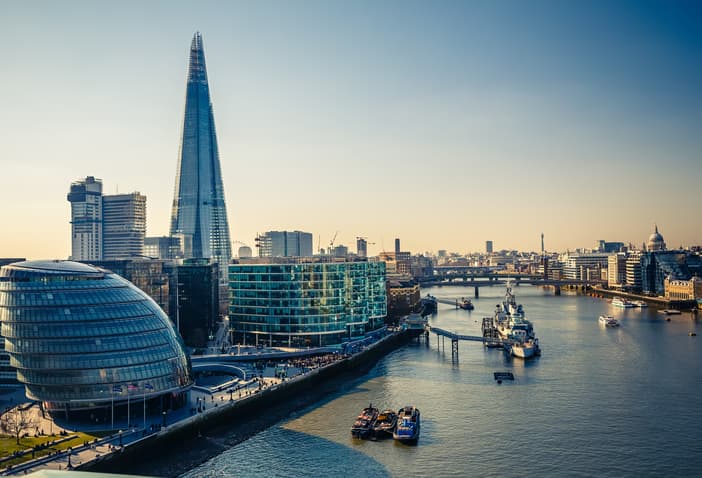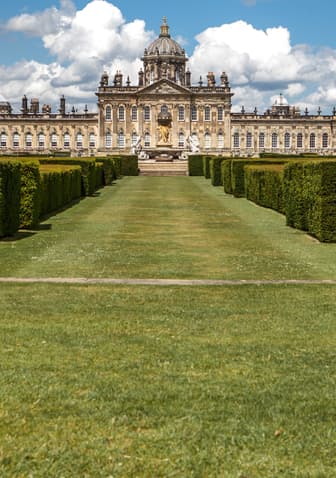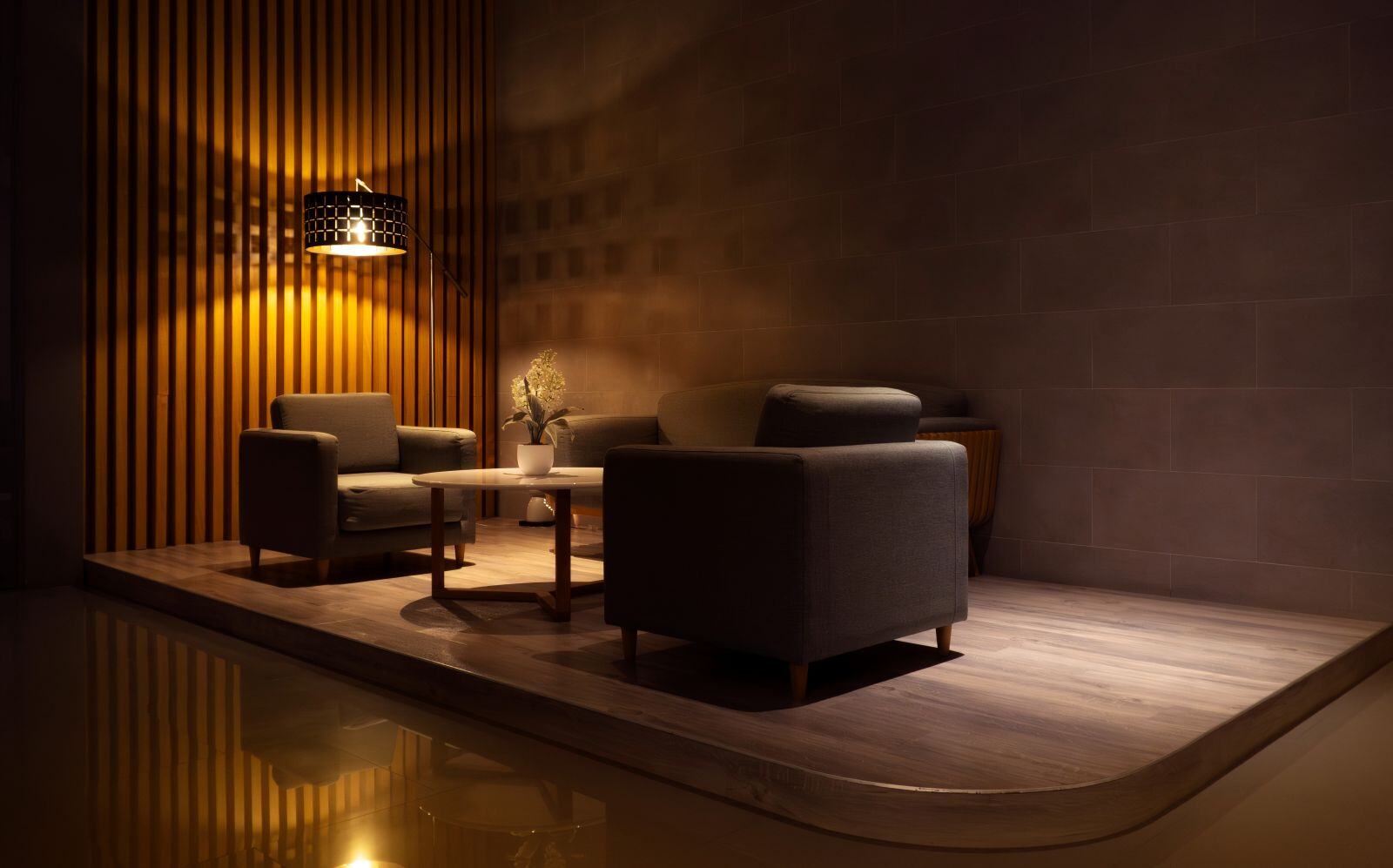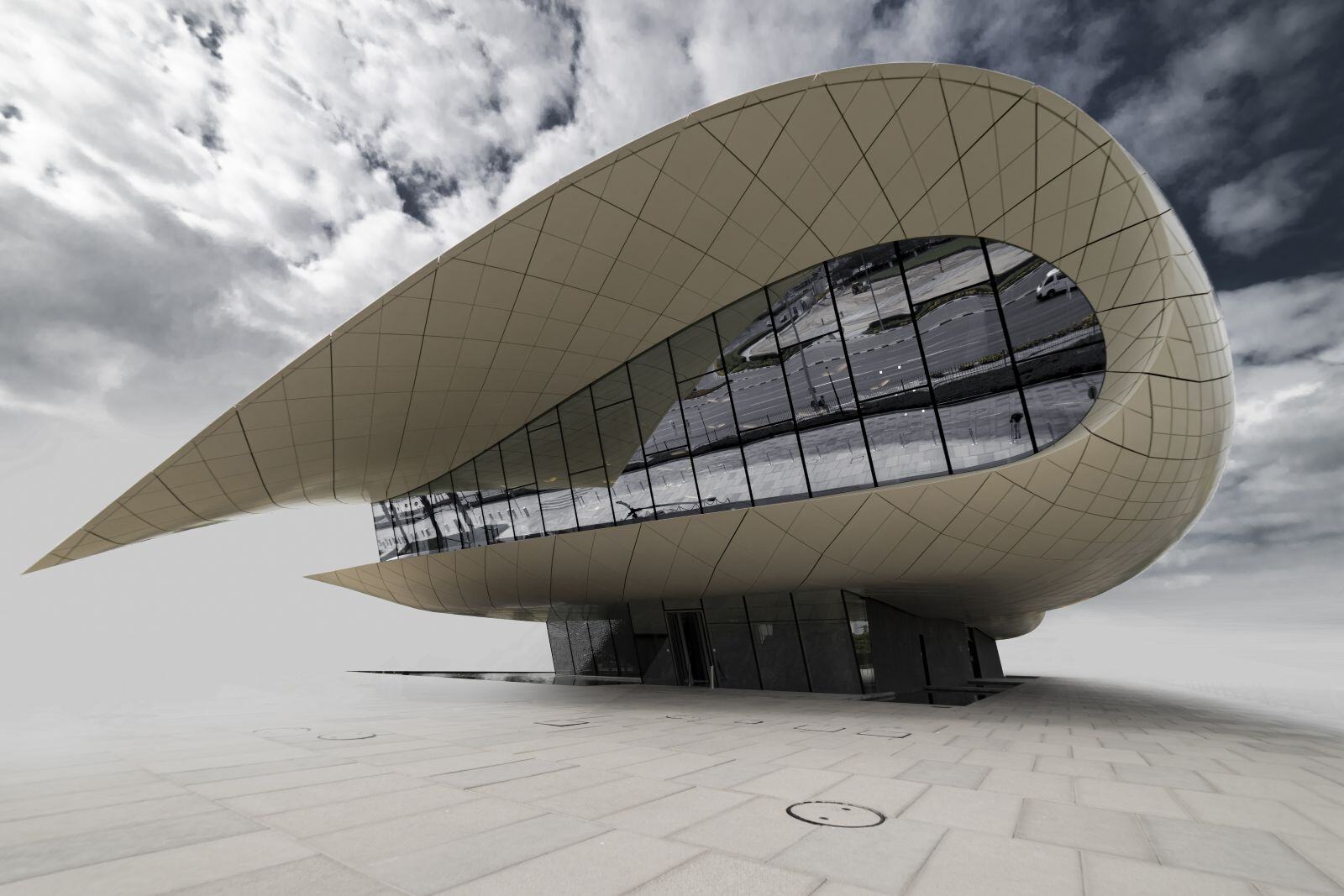British Architecture Styles: A Potted History of the Buildings of England
With its rolling green landscapes and centuries of history, the United Kingdom is a treasure trove of architectural wonders. The nation’s rich cultural tapestry is never more evident than when viewed through the kaleidoscope of its diverse buildings, from its grand castles and stately homes that have stood the test of time to its modern marvels that push the boundaries of design. Here we take you through the history of British architecture and why it is admired the world over.



Welsh Village British Architecture Style
Undoubtedly one of the most enduring images of the UK’s architectural legacy will be its castles and stately homes. These unique monuments can be found up and down the country, each with its own look and history. From mysterious ruins to exquisite halls, visitors could often be forgiven for thinking they had stepped into the pages of a fairytale or movie set. There are over 1,500 castles in the UK and two of its most formidable bastions are Edinburgh Castle, perched high above the eponymous Scottish capital as a sentry over its cobbled streets, and Warwick Castle in England with its interactive exhibits that will transport visitors to a world of knights and chivalry. In terms of stately homes, one would do well to book a trip to the ‘Palace of the Peak’, better known as Chatsworth House in Derbyshire, which boasts a world-class art collection and magnificent gardens. Downton Abbey fans will also want to explore Highclere Castle in Hampshire, which is the filming location for the beloved series, where you can view its opulent interiors and aristocratic charms.
Eden Project British Architecture Styles
The sheer variety of architectural styles you can find in the countryside and cities of the UK is a testament to the nation’s extensive past and assorted design talents. Whether roaming the hills or touring the towns, you are only ever steps from architecture that will charm and delight. In the Cotswolds, often referred to as the ‘Heart of England’ you can find honey-hued stone cottages and quaint market towns. The Lake District, a UNESCO World Heritage Site, offers a serene escape with its charming villages, pristine lakes and historic farmhouses. Known as the ‘City of Dreaming Spires’ Oxford is an excellent example of harmonious blended architectural styles. Within its boundaries, you can find stunning erections with Gothic, Neoclassical and modern influences. The Bodleian Library, Radcliffe Camera, and Christ Church College showcase the splendour of the city's heritage, while the Blavatnik School of Government exemplifies cutting-edge design.
Scottish Castle British Architecture Styles
The UK has developed an uncanny ability to seamlessly blend the old with the new. Amongst the grandeur of historical icons like the Houses of Parliament and Big Ben, you can find plenty of more contemporary looks that are transforming the skylines of the nation’s cities and expanding our concepts of what buildings can do. The Glasshouse, a concert hall in Newcastle, is an exemplary fusion of glass and steel and a stunning waterside spectacle. The Eden Project in Cornwall is a vision of sustainable architecture, featuring a series of interconnected geodesic biomes that house diverse plant species from around the world.
Scotland Architecture Styles
Having undergone more than its fair share of battles and contested territories throughout the Middle Ages, it is hardly surprising that Scotland is famous for its heavily fortified and robust defensive structures, many of which feature conical spires and intimidating keeps and were hewn directly out of the earth and rock that surrounds them. After Scotland became a part of Great Britain in the early 18th century, its architectural style evolved, drawing from the Palladian and Georgian architecture that was gaining momentum in England at the time and increased in popularity during the 19th century.
Northern Ireland Architecture Styles
The architectural development of Northern Ireland was primarily driven by the Normans, who ruled the territory during the 11th and 12 centuries. They built fortified structures like Carrickfergus Castle with a distinctive style that included rounded archways and larger proportions than other buildings of the era. The Normans also influenced the design of religious buildings such as churches, abbeys and cathedrals. The next significant architectural period was during the Victorian era, when a growing economy led to the construction of more elaborate buildings such as Belfast City Hall with its distinctive central dome and a palatial façade. In the 20th century, Art Deco took over as the predominant architectural style, resulting in buildings that sported geometric patterns and sleek artistic lines.
Wales Architecture Styles
Like many other parts of the United Kingdom, castles are strongly associated with the history of Wales, but smaller residential buildings like cottages and farmhouses paint a more vivid picture of the region’s architectural tradition and variety. Most of the homes around Wales were designed by the people who lived in them and were not part of a larger architectural plan. They made use of natural local materials and were among the earliest examples of sustainable design. Any home that wasn’t in use for long periods would eventually break down and become a part of the land, which is why there are few surviving structures that predate the 19th century. During the Victorian and Edwardian periods, Wales became better connected to the rest of Britain, which led to the development of more uniform architectural styles, with terrace houses and brick buildings becoming more commonplace. The influence of Welsh architectural styles can even be seen further afield; famed international architect Frank Lloyd Wright, who designed the Guggenheim in New York, has echoes of it in his innovative body of work thanks to his family’s Welsh roots.



